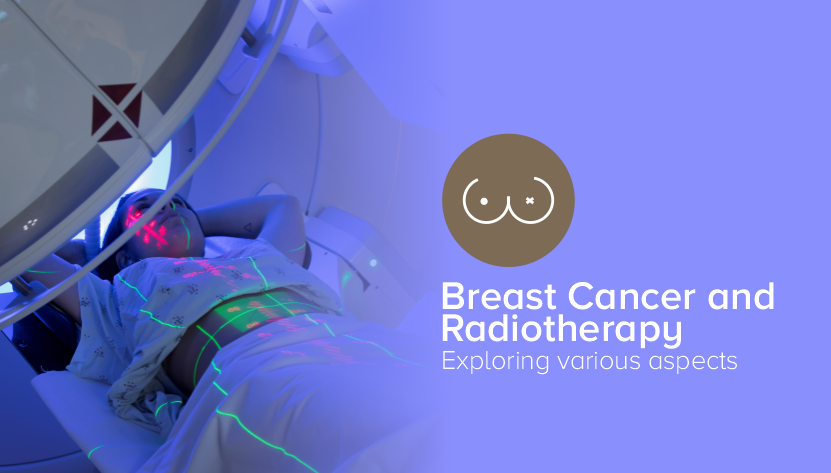Radiotherapy or radiation therapy employs high-energy rays, protons or other particles that target and selectively destroy the cancer cells. This hinders the uncontrolled growth of cancer cells and prevents its further spread. In radiotherapy treatment for breast cancer, the affected breast is radiated and, in some cases, also involving the lymph nodes (if affected) under the arm or at the collarbone.
